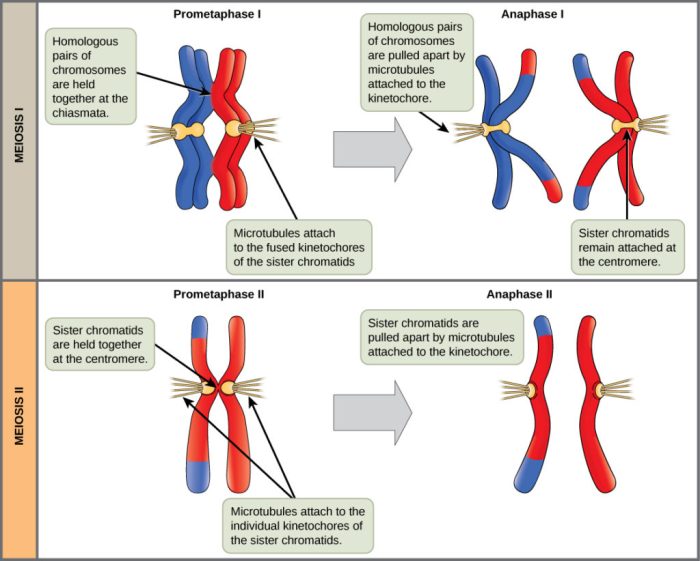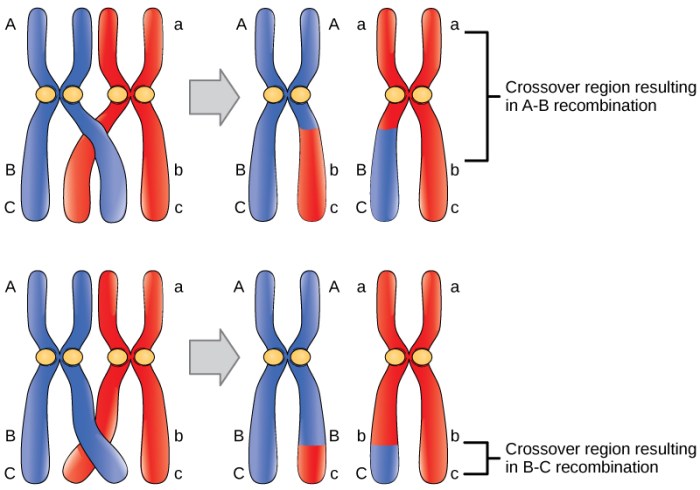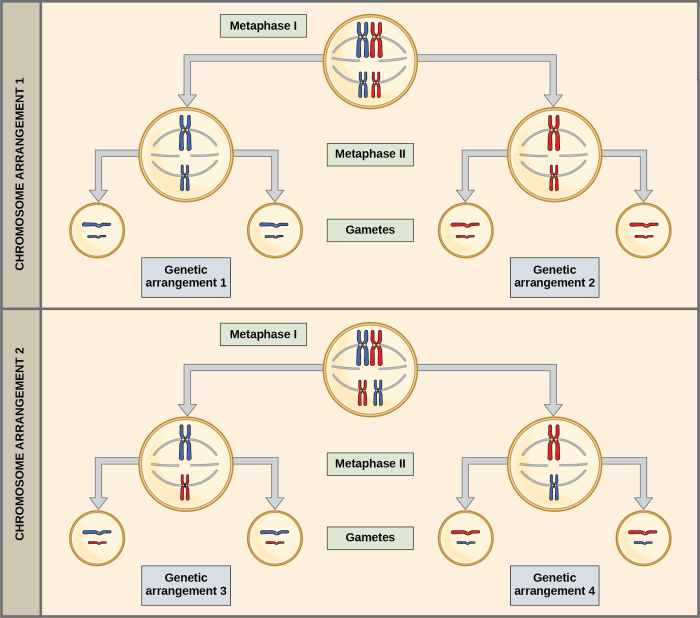What are the genotypes of the remaining chromosomes? As we delve into this intriguing question, we embark on a journey through the intricate world of genetics, where the blueprints of life are meticulously encoded. From autosomal to sex-linked genotypes, this discourse unravels the secrets embedded within our genetic heritage, shedding light on the interplay between genotype and phenotype.
The exploration begins with a fundamental understanding of genotype, the genetic makeup of an individual, and the concept of remaining chromosomes, those that are not involved in sex determination. We then delve into the diverse types of genotypes, examining their characteristics and significance.
1. Introduction

A genotype refers to the genetic makeup of an organism, comprising the specific alleles present at each gene locus. The remaining chromosomes, excluding the sex chromosomes, are known as autosomes. Understanding the genotypes of these chromosomes provides insights into the inheritance patterns and phenotypic traits of individuals.
2. Types of Genotypes: What Are The Genotypes Of The Remaining Chromosomes

Autosomal Genotypes
Autosomal genotypes refer to the genetic makeup of the autosomes. Examples include:
- Homozygous dominant:Both alleles for a particular gene are dominant, resulting in a dominant phenotype (e.g., AA).
- Heterozygous:One allele is dominant and the other is recessive, resulting in an intermediate or codominant phenotype (e.g., Aa).
- Homozygous recessive:Both alleles are recessive, resulting in a recessive phenotype (e.g., aa).
Sex-linked Genotypes
Sex-linked genotypes refer to the genetic makeup of the sex chromosomes. Examples include:
- Hemizygous:Males have only one copy of sex-linked genes (e.g., X or Y).
- Homozygous:Females have two copies of sex-linked genes (e.g., XX or XY).
- Heterozygous:Females have one copy of each sex-linked gene (e.g., X aX b).
3. Determining Genotypes

Karyotyping, What are the genotypes of the remaining chromosomes
Karyotyping involves analyzing the number and structure of chromosomes in a cell. It can detect chromosomal abnormalities, such as aneuploidy, which can affect the genotype.
DNA Sequencing
DNA sequencing determines the sequence of nucleotides in a DNA sample. By comparing the sequences from different individuals, genotypes can be inferred.
4. Genotype and Phenotype

The genotype influences the phenotype, which refers to the observable characteristics of an organism. The relationship between genotype and phenotype is often complex and influenced by environmental factors.
Examples of genotype-phenotype correlations include:
- Eye color (brown, blue, green)
- Height (tall, short)
- Blood type (A, B, AB, O)
5. Genotype and Genetic Disorders
Specific genotypes can contribute to genetic disorders. These disorders arise when mutations in genes disrupt normal gene function.
Examples of genetic disorders caused by specific genotypes include:
- Cystic fibrosis (CFTR gene mutation)
- Sickle cell anemia (HBB gene mutation)
- Huntington’s disease (HTT gene mutation)
Question Bank
What is the difference between an autosomal and a sex-linked genotype?
Autosomal genotypes are found on non-sex chromosomes, while sex-linked genotypes are found on sex chromosomes (X and Y).
How can we determine the genotype of an individual?
Genotypes can be determined through methods like karyotyping, which analyzes chromosome structure, and DNA sequencing, which deciphers the genetic code.
What is the relationship between genotype and phenotype?
Genotype refers to the genetic makeup, while phenotype refers to the observable characteristics of an individual. Genotype influences phenotype, but environmental factors can also play a role.